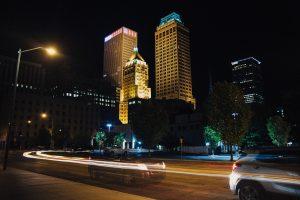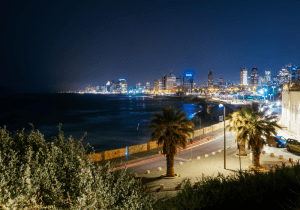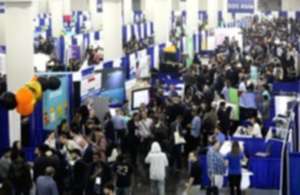SXSW, which took place in Austin earlier this month, saw its usual variety of technology, music, and entertainment, as well as a significant number of Presidential candidates.
A lot has changed since the indie music festival began in the 1980s, but the festival, particularly Interactive has picked up steam over the course of the last decade, cementing itself as the launch festival of major tech companies including Twitter and Foursquare.
While there have been notable examples of product launches such as Israeli startup Meerkat, SXSW has moved in recent years from being the place to launch your B2C product to a place where brands showcase their “cool factor” (i.e. understanding how to engage millennials and centennials). SXSW is taking its place alongside major experience-driven festivals attended by the millennial tech set, Coachella and Burning Man. However, that’s only part of the story. The people attending, and the small curated gatherings, are an equally important part of the SXSW experience.
People + Experience
In the past, it made sense for startups to launch their products at SXSW; they had a captive and engaged audience of influencers and decision makers that could serve as the early adopters for new products. While SXSW may have lost some of its hype for people from the Bay Area, the festival has cemented itself as a serendipitous environment where attendees’ guards are down, and one never knows who you might meet.
Maybe it’s an Austin thing, the casual atmosphere that the tech attendees bring with them, or all the drinking, but something magical happens at SXSW with or without a badge. Daren McKelvey, CEO of R1 Labs, who has attended SXSW five times believes:
“SXSW has an egalitarian feel, it’s a slower pace, people are more willing to hang out and titles don’t really matter”. He also notes that while “planning is important, it’s also important to go with the flow and let the SXSW magic happen on its own.”
How Brands engage
Like with any major festival, there are brands whose presence makes sense, and who know how to create a lasting experience. From personally attending several brand-powered experiences it was clear that while there was thoughtfulness on the part of the event producers, I would have challenged some of these brands to think about why they made the investment to take part in SXSW.
A good example of a brand experience, which succeeded because it was in line with the brand’s values, was the “secret” late night Red Bull party in a warehouse in northern Austin. In true rave-style fashion, it featured an annoyingly slow line, unlimited Red Bulls, and a tattoo artist providing their services (possibly the most impulsive thing one could do).
In a more charming manner, Foursquare’s anniversary party, complete with onsite food trucks, 1990’s hip hop, and outdoor lighting illuminating a rustic house and backyard was SXSW Austin at its best. The early evening timing alongside the setting sun and the neighborhood feel of east Austin lent it a friendly atmosphere more akin to a family reunion.
Another notable experience was the offsite BBQ at a ranch 20 minutes outside of Austin organized by ff VC, SendGrid, Twilio, Global Victoria, and Fueled. Aside from the amazing BBQ, perhaps the most powerful social facilitator was the fleet of old school buses shuttling participants to and from the event, leaving attendees no choice but to connect with one another on this secluded ranch.
It’s nothing without the company
Brand experiences aside, what most people attend SXSW remember are the conversations and the people they met. The smaller brunches, happy hours, and meetups offered an opportunity to speak in an informal setting quite unlike that found in a place like New York. Saturday hosted the marathon of VC and ecosystem-sponsored receptions; from Greycroft to Lightspeed Ventures, Early Growth Financial to the Republic reception at the Four Seasons Hotel.
Austin’s tech scene has become an enviable example of a robust tech ecosystem outside the coasts, and SXSW has played a part in that evolution. The locals know how to host; of note was Funded House, a space organized by several Austin locals. Their goal was to connect local startups with the broader venture scene (and the many VCs who attended SXSW).
Kirstin Ross, Austin local and Managing Partner at SKU, the consumer-packaged goods accelerator believes that
“People at SXSW focus on personal business but by taking part in the festival they open themselves up to broader conversations around social trends”. In her view everyone attending SXSW goes on their own journey “but the festival is so decentralized it focuses you to create your own path.”
For more coverage on Austin and how it might be getting an “Airbnb tower,” check out this article.





